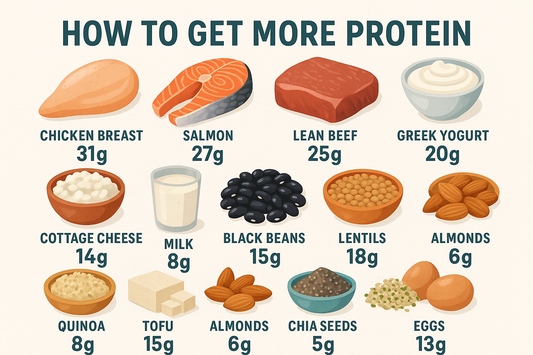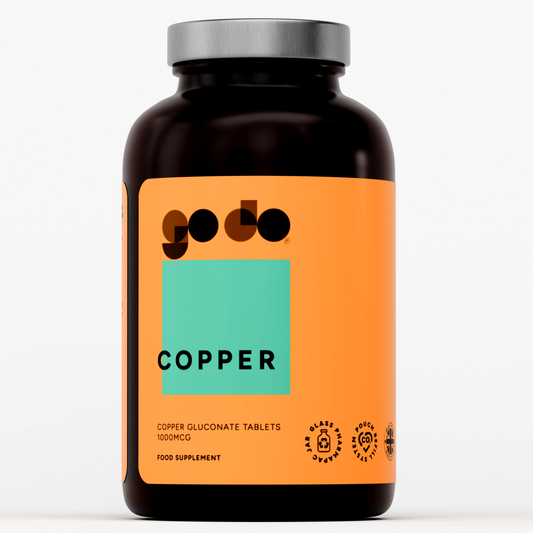Half Marathon Training Plan
The half marathon is a distinctive race distance that requires a combination of endurance, strength, and speed. These features can be difficult to balance for the average runner, and so, running a half marathon demands consistency with training, injury prevention, and recovery. Using training zones at, or near, the lactate threshold (the point at which the body cannot clear lactate as quickly as it accumulates) is critical for endurance athletes because training at this point results in increased speed and resistance to fatigue, as well as many additional physiological adaptations. As a result, in order to properly prepare for a half marathon, one must make use of the following training zones when designing a plan.
- Zone 1: Very Low Intensity, Aerobic . This zone should be utilised for very easy runs during base training, for recovery runs, and as recovery periods within an interval workout. Zone 1 compares to a 1 or 2 on the RPE scale.
- Zone 2: Low Intensity, Aerobic . Training in this zone fashions and maintains aerobic endurance and muscular strength and endurance. The term conversation pace is often used to describe this level of effort because the runner should be able to carry on a dialogue while running at this pace. At this comfy pace, the body learns how to use oxygen proficiently and can become economical. Zone 2 compares to a 2 or 3 on the RPE scale.
- Zone 3: Moderate Intensity, Aerobic . This zone is just slightly more intense than zone 2, making it ideal for base training; however, lactate is produced more quickly as a result of the involvement of fast-twitch muscle fibres. This zone correlates to a 3 or 4 on the RPE scale.
- Zone 4: Moderately High Intensity, Sub-threshold . The sub-threshold zone should stay below the lactate threshold. The threshold zone should compare to a 5 on the RPE scale. At this effort level, the aerobic system, energy production systems, and slow-twitch muscles are working as hard as possible, assigning a heavy stress on the body. The anaerobic energy system has also been activated to help produce energy, and the lactate that is shaped as a result cannot be cleared as quickly as it is produced. Severe fatigue will set in within 1 to 1 ½ hours if the pace is maintained.
- Zone 5a: High Intensity, Anaerobic . The goal of training in this zone is to some extent surpass the lactate threshold in order to develop lactate tolerance and facilitate removal. Interval workouts are important, and the work durations for these workouts can last many minutes (up to one hour). Rest periods within an interval period should remain comparatively short in order to encourage continuous lactate tolerance. Recovery periods after these training sessions should be at least 24 hours before performing another session over zone 3. This zone intensity correlates to a 7 on the RPE scale.
- Zone 5b: High Intensity, Anaerobic . The goal of training in this zone is to augment anaerobic endurance, cultivate lactate tolerance, and build fast-twitch muscle fibre. This will involve doing interval workouts in which lactate threshold is topped. Work intervals should not go beyond 30 seconds in duration, and they must be supplemented by active rest periods of at least three times the work interval. The recovery period after a workout of this intensity should be 2 days. Zone 5b is an 8 or 9 on the RPE scale.
- Zone 5c: High Intensity, Anaerobic . The objective of training in this zone is power, speed, fast-twitch fibre development, and muscle growth. To attain these goals, an athlete needs to execute interval workouts of very short duration at maximum intensities; these workouts should contain very long recoveries. Running short-distance intervals at a maximum intensity with a long rest duration excites the fast-twitch muscles, anaerobic energy system, and lactate production. Recovery periods after these training sessions should be at least 2 days before performing another workout above zone 3. Zone 5c intensity compares to a 10 on the RPE scale.
With these training zones implemented into a periodised programme with adequate nutritional intake, one can fully optimise the benefits, and thus, become both physically and psychologically prepared for the half marathon.
Bibliography
- 1. Baechle, Thomas R., and Roger W. Earle. “Speed, Agility, and Speed-Endurance Development.” NSCA Essentials of Strength Training and Conditioning. 2nd Edition. Champaign, Illinois: Human Kinetics, 2008.
2. Boyle, M. 2004. Functional Training for Sports. Champaign, IL: Human Kinetics.
3. Earle, Roger W., and Thomas R. Baechle. “Aerobic Endurance Training Program Design.” NSCA’s Essentials of Personal Training. 2nd ed. Champaign, IL: Human Kinetics, 2012.
4. Foran, B. (Ed.) 2001. High Performance Sports Conditioning. Champaign, IL: Human Kinetics.
5. Reuter, Ben. Developing Endurance. Champaign, IL: Human Kinetics, 2012.










